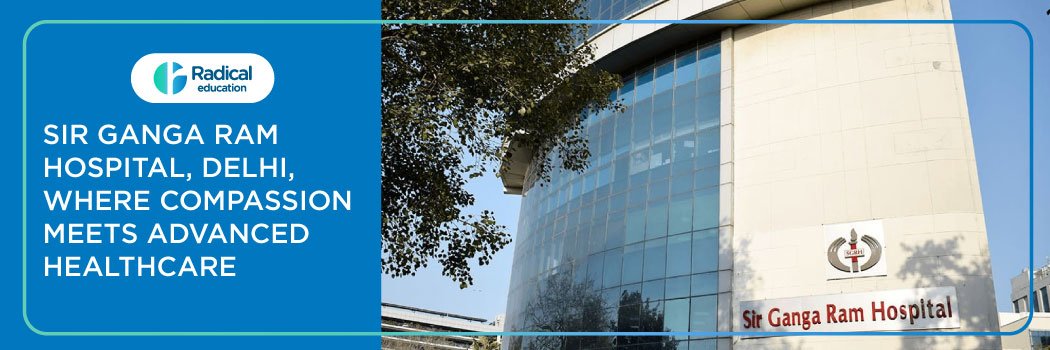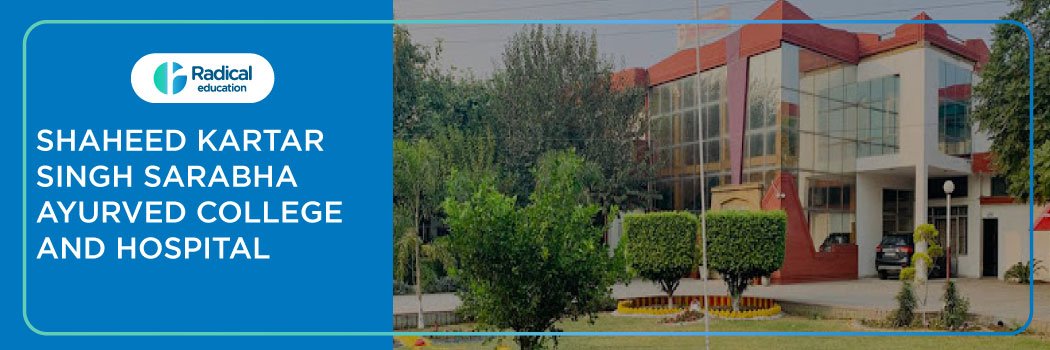

Sir Ganga Ram Hospital, Delhi, Where Compassion Meets Advanced Healthcare
Introduction
Sir Ganga Ram Hospital (SGRH) in New Delhi was founded by the philanthropist Sir Ganga Ram in Lahore in 1921. The hospital was re-established in Delhi after the Partition. The new hospital’s foundation was laid by Prime Minister Jawaharlal Nehru in April 1951, and was officially inaugurated on 13 April 1954.
- SGRH is a private, for-profit multi-specialty hospital located in Rajendra Nagar, New Delhi. Despite its profit-based model
- It remains deeply rooted in philanthropy, which means reserving 20% of its beds for economically weaker patients by providing them with free access to diagnostics, treatment, medications, and surgeries.
- The hospital has over 900 beds and is centrally located in Rajinder Nagar, near Karol Bagh Metro station—a hub in New Delhi.
- The hospital has around 670 inpatient beds and 180 ICU beds.
- It provides excellent connectivity through the metro with multiple bus routes.

SGRH is equipped with advanced, modern medical infrastructure
- 35 operating theatres
- Cutting-edge imaging: PET scans, 3T MRI, Spiral Endoscopy, and more
- High-tech surgical facilities like the Hugo™ Robotic-Assisted Surgery system
- Lab services accredited by NABL, alongside ICUs with life-support systems
- 24/7 emergency, ambulance, pharmacy, and blood bank services.
Specialties of the hospital
- The hospital stands out for excellence in many medical fields.
- First Minimal Access Surgery department in South Asia
- First bone bank in India
- It is leading in CAPD and phacoemulsification in ophthalmology.
- It is renowned for liver and kidney transplants, cardiac sciences, oncology, neurology, orthopedics, and neonatology.
Specialty units of the hospital include:
- Cardiology: Dharma Vira Heart Care Centre—24×7 service, angioplasties, first private heart transplant in North India.
- Oncology which is comprehensive cancer care with surgery, medical, and radiation oncology in one facility.
- Neurosciences has advanced surgery units, stroke care, and neuro-navigation.
- Over 1,500 bone marrow transplants and more than 500 organ transplants have been performed in recent years.
Recent Updates & Innovations
Recently, in June 2025, President Droupadi Murmu inaugurated a state-of-the-art cancer care centre, integrating diagnostics, medical and surgical oncology, radiation therapy, and day-care chemo under one roof. The hospital has successfully performed North India’s first MRI-guided focused ultrasound thalamotomy (MRgFUS) to treat severe hand tremors—non-invasive and cutting-edge.
Prominent figures like Sonia Gandhi were recently treated in the gastroenterology unit and noted as stable.
Patients Appreciate its:
- Strengths:
- High medical expertise
- Clean, well-maintained facilities
- Supportive and trained nursing staff.
Conclusion
In conclusion, it can be said that Sir Ganga Ram Hospital in Delhi beautifully blends a rich, philanthropic history with modern, advanced healthcare. From its foundation in the post-Partition era to its current role as a high-tech tertiary care center, SGRH continues to push boundaries—be it in surgery, oncology, transplants, or education. Its deep-rooted compassion shines through policies like reserving beds for the underprivileged and embracing new, life-changing treatments like MRgFUS. While renowned for quality, it does face challenges like cost transparency and administrative consistency.

FAQs
Is it a private or government hospital?
It is a private hospital, but it offers some charity services too.
How can I book an appointment?
You can book online through the hospital's official website or by calling their helpline number.
What are the hospital timings?
OPD (Outpatient) usually runs from 8:00 AM to 4:00 PM, Monday to Saturday. Emergency services are available 24x7.
Does the hospital have emergency services?
Yes, it has a 24-hour emergency department.





